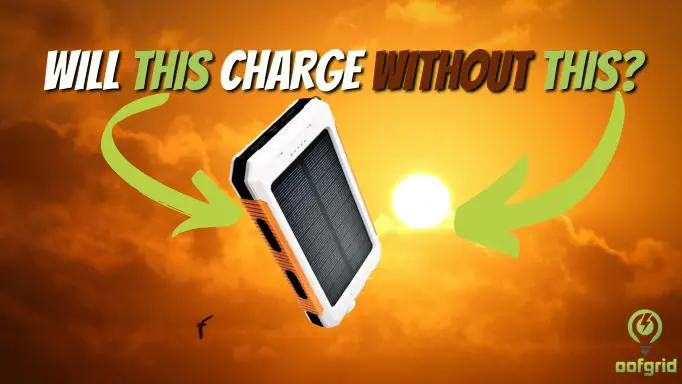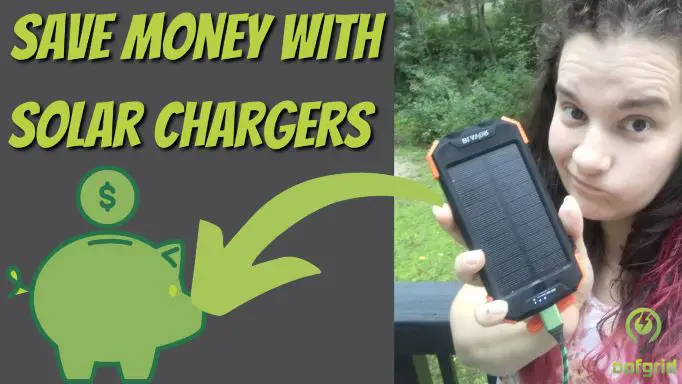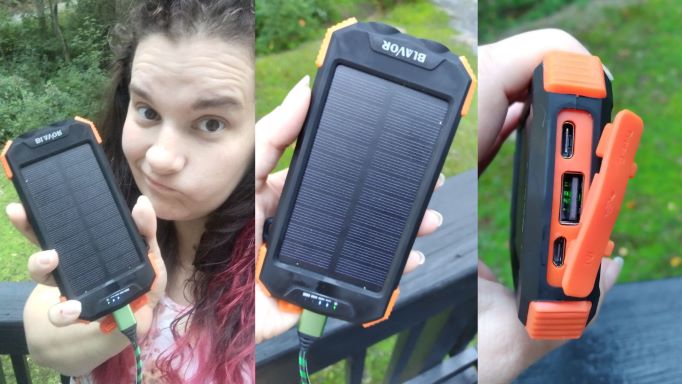When you hear the word ozone, for most people that layer in the sky with a massive hole may spring to mind. That’s why it might sound incredulous when we tell you that you can generate ozone in your home!
Contents
It’s never been easier to harness the power of pure oxygen to ensure that your water is clean and safe!
Were not kidding, ozone generators are one of the most effective water disinfection systems on the market and are increasingly relied on for domestic water sanitation.
That same mysterious gas that filters damaging UV can be used to clean the water coming out of your faucet!
In our guide to ozone generators for water, we will take a closer look at this technology, its effectiveness, safety, and the types of ozone generators on the market.
What is an ozone generator?
An ozone generator is a machine that is designed to generate ozone. As we explain below, ozone is a powerful disinfectant that will kill viruses and bacteria, and other organisms in the water.
Domestic or household ozone generators generate ozone for immediate use by using electricity to convert room air into ozone which then can come into contact with the water that is to be disinfected.
The ozone is unstable and short-lived in the environment and is only around long enough to perform its disinfecting function.
Ozone generators were originally designed and used by water companies to disinfect water. Industrial ozone generators are a key part of the post-secondary treatment of wastewater across the world.
These large machines can produce a feed gas with the right concentration of molecular oxygen for ozone generation, bringing it into contact with the water to be disinfected.
They require significant amounts of energy to power the continual electrical discharge required to generate ozone. In the US, this makes ozone water disinfection prohibitive meaning its use is not widespread.
However more and more households are integrating this effective water and air purification technology into their domestic water supply.
How is ozone generated?
Ozone is an unstable gas made up of three oxygen molecules. It is distinct from the stable oxygen molecule, O2, that we breathe.
Ozone is created from molecular oxygen by the application of an electrical current to air or another gas that contains oxygen.
The flow of electrons across the air gap dissociates oxygen molecules into oxygen atoms that can collide with each other, combining to form ozone (O3).
The unique molecular structure of ozone is key to its effectiveness
The ozone that is generated is extremely unstable and will rapidly break down into elemental oxygen moments after it is generated, leaving no traces of harmful chemicals in the substances it interacts with.
Ozone is one of the world’s most potent disinfectants
Disinfection of water is critical for the eradication of a variety of pathogens that cause waterborne diseases including E.Coli, Salmonella, Giardia, and Shigella.
Despite wastewater treatment of the municipal water supply some of these microorganisms remain present in drinking water as contaminants, albeit at an extremely low level and if you have a private water supply like a well or creek biological contaminants may well be present.
Ozone is an exemplary disinfectant and is used in the water treatment industry as it is an extremely potent oxidant and virucide.
It is capable of achieving even higher levels of disinfection than bleach and UV exposure. ozone degradation releases highly reactive free radicals that react with microorganisms.
Biological agents that come into contact with ozone are instantly, killed, inactivated, or frankly destroyed. This powerful molecule achieves this via the following mechanisms of action:
- Destruction of the cell wall of bacteria and other microorganisms. This is achieved by direct oxidation of the cell wall layers by ozone.
- Interactions with the reactive species from ozone breakdown are also lethal to germs. Free radicals such as hydrogen peroxy (OH) and hydroxyl (HO) oxidize and disrupt the DNA in bacteria and viruses, particularly purines and pyrimidines.
The performance of ozone as a disinfectant will depend on the organisms it comes into contact with, the concentration of ozone, and the duration of the exposure.
See the range of Ozone Water generators on Amazon.com here!
Advantages and disadvantages of using an ozone generator for water purification
If you are considering purchasing an ozone generator, a quick evaluation of the pros and cons of ozone water purification should help you work out if this is a cost-effective and viable solution for your home or property.
Key benefits of an ozone generator for water:
- You will have an on-demand water disinfection method that is more effective than bleach.
- You generate the ozone as it is used, meaning you do not need to handle any dangerous substances.
- The contact time between the ozone and the water to be disinfected is short, only a few minutes at a time.
- There is no need to store toxic chemicals on-site as part of your water sanitation.
- ozone has no harmful residuals, as this wonder molecule degrades quickly and completely.
- Inactivated or killed organisms will not regrow.
- ozone-treated water becomes more oxygenated.
But ozone generation does have some disadvantages that you need to be aware of:
- A big problem is where the ozonation process is inadequate at inactivating organisms because the ozone concentration is too low or there is poor contact between the ozone and the water to be treated. This is particularly important if you are concerned about disinfecting against viruses, cysts, and spores as the ozone may need more sustained contact to penetrate and disrupt these organisms.
- ozone equipment is expensive and has a high energy demand, making it more complex than just using regular bleach or UV.
- An ozone generator will not purify your water from chemicals, hormones, and heavy metals. If you require water purification rather than disinfection you need a filtration system.
- ozone is extremely corrosive, therefore pipes, vessels, and utensils that come into contact with it should be stainless steel or similar material.
- Ozonation will not work with filthy water that is full of solid matter.
- This reactive gas is irritant and potentially toxic so care has to be taken to not come into direct contact with it as we explore below.
Domestic ozone generators
ozone generators of varying sizes can be used to treat domestic water supply as well as disinfecting water for swimming pools. Many units are used to purify both room air and water and portable toaster-sized ozone generators can be moved to where disinfecting is required.
Portable ozone generators can also be used for baby sterilizing, sanitizing fruits and vegetables, and dental products. Many devices come with ozone diffuser stones that can be immersed in water to be treated so that other items can be disinfected simultaneously.
They are designed to produce an even distribution of the ozone in the water they are placed in.
These ozone generators are electrolytic and use oxygen molecules in the water to be treated to create ozone. The output of ozone is measured in milligrams per hour (mg/hr).
Commercially available ozone generators can produce anywhere between 0.35 to 10 grams per hour for large units that disinfect the entire household water supply.
Frequently asked questions for ozone generators
Can I drink ozone-treated water?
The potability of ozone-treated water depends on the presence of chemical or elemental substances. present in the water that could react with the ozone and produce harmful compounds. An example is bromide, which can react with ozone to produce potential carcinogens.
Are ozone generators safe?
Ozone is good in the air, but bad when it is near! ozone generators are designed to prevent direct contact with the person using the generator, but it important to remember that ozone is a highly corrosive agent, after all, it can destroy bacteria.
Just as you exercise caution when handling bleach, you need to have the same or greater concern when around ozone, which is odorless and colorless.
Ozone is a severe irritant and corrosive. It will affect the eyes, nose, and respiratory tract if there is human contact with the gas. Pets, children, and people with asthma and respiratory conditions should be particularly careful around these machines especially the air purifying ozone generators.
In conclusion
Ozone generators are available in a variety of models as a versatile solution for disinfecting water and air. These practical units have a wide range of household applications and are more effective and practical to use than bleach.
It is, however, important to remember that the efficacy of an ozone generator will be entirely dependent on the concentration of ozone it generates.
If an ozone generator is improperly matched to its application, for example casting a diffuser stone to disinfect the household water supply, it will not adequately disinfect and the risk remains.
Carefully evaluate ozone generators for performance, to ensure that you have a model that is just right for your needs.








